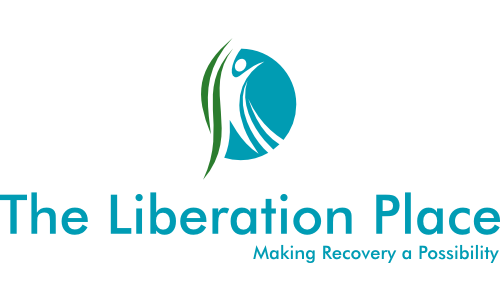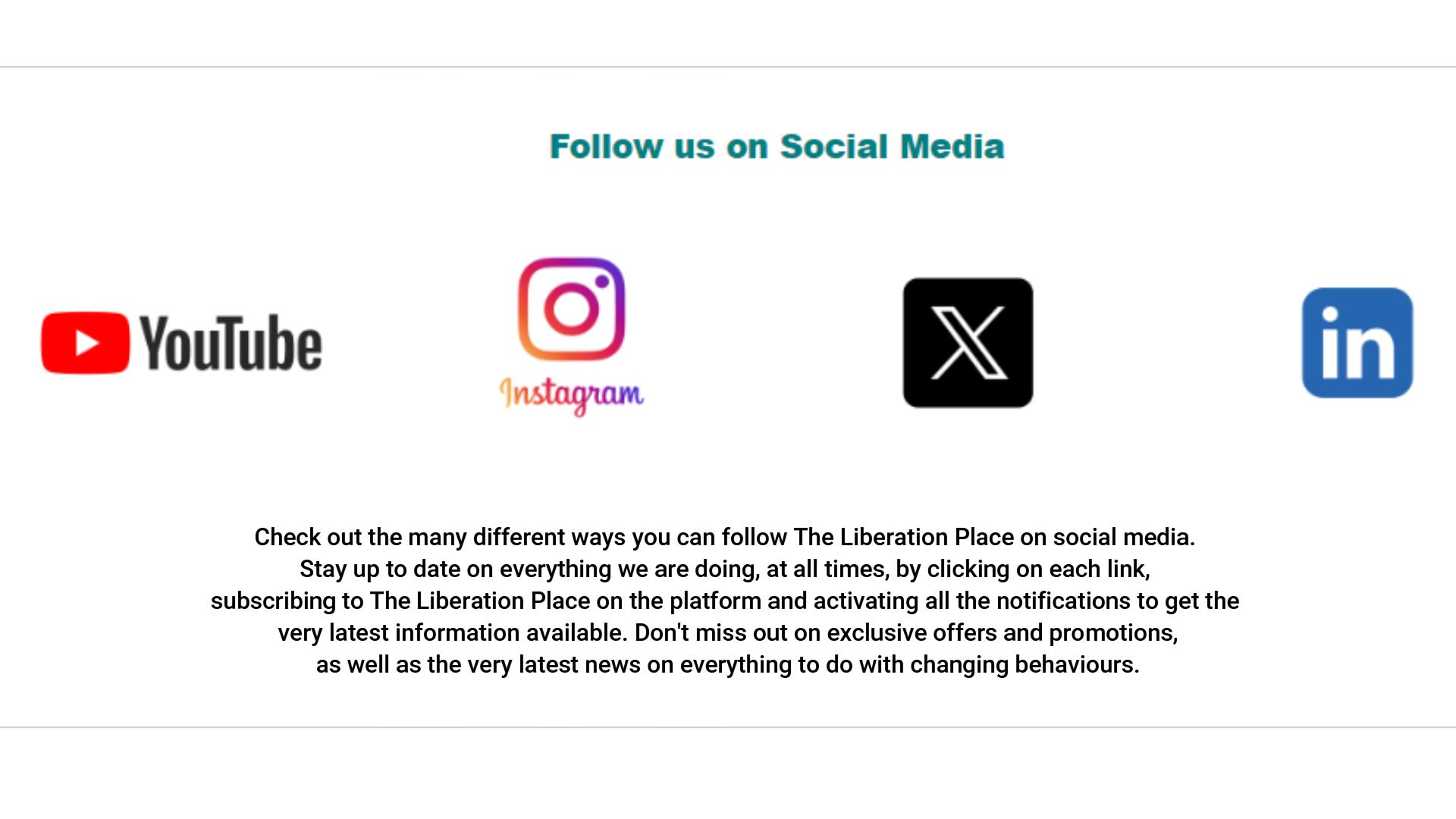Effective and Adaptive Modes
If you’re taking on the work of making behavioural changes, particularly when we’re trying to remove the rigidity of those addictive, obsessive and compulsive coping mechanisms, then adaptive and effective behaviours are what we’re trying to create. These behavioural responses are heavily involved with Living the Life we Want to Live, being the person we want to be, in the areas of life that are important to us, according to our true authentic values and beliefs. Everything is geared towards living our lives this way, and while it is incredibly important to recognize and work on those parts of our personality that are behaving in ways that may or may not line up with this philosophy of life, we cannot ignore the parts that are already being this way.
In this work, these are what we know as the Effective and Adaptive Modes of Behaviour, and they are represented by what we call our Healthy Adult, and Playful Child parts. These extremely important parts of our personality are recognized in our system by the things we do that line up with our primary philosophies of Living the Life we Want to Live. They are probably already playing an important role within our personality system, and even if they aren’t, its important for us to start to recognize their presence so we can build motivation in them to take a more dominant role. To do this, it can be helpful to build what we call a Personality Map, and there are a couple of different ways to complete this task. In this PDF we will explore one of these ways, and later we can use this information to build a complete picture of who you are.
“Building a Personality Map helps us to see exactly what’s going on within our personality system. When we have a guideline for recognizing what it is that our parts are doing, we can work on building awareness for why they do it.”
~Steven Morris RP
Your personality map is a way for you to begin to label the many different parts of your personality, both the parts that are perceived as helpful, and possibly those that are currently perceived as unhelpful, and then connect them to the Modes and Schemas we will are trying to identify. We start by acknowledging that all parts of our personality are welcome in our system, they are all there for a reason or to paraphrase Richard Schwartz – there are no bad parts. At the same time, any lifestyle that has addictive, obsessive, or compulsive behaviour patterns as a way of coping is usually a life riddled with chaos and rigidity. The chaos manifests in the way we live, the imbalance in our thoughts, feelings, and bodily sensations. The rigidity plays out in a black-and-white mindset, an all-or-nothing thinking. This way of relating to the world around us is based on the filters through which we are seeing the world at any point in time. However, if we can learn the skills associated with unconditional acceptance of who we are and where we are in this present moment (which includes every part of our personality), then a state of internal balance and harmony is definitely achievable.
In the worksheet contained in the PDF at the bottom of this website page, we will build a Personality Map by starting to identifying the positive personality traits associated with the modes of behaviour that you are currently aware of. This can be challenging for some people, as it is difficult to talk about the things we do well without feeling a sense of shame or self-loathing. For others, this is easy. Either way, the path to personal growth and building the life you want to live involves acknowledging and utilizing your own unique “strengths,” while working to accept, improve, and strengthen your perceived “weaknesses”. We begin by looking at the many things you do, the people around you, the things you like, and the places you go that have a healthy effect on you and your environment. This may be a struggle for you at first, but remember, if that’s the case, it is completely ok, it doesn’t have to be completed in one shot, and the beautiful thing about any recovery journey is being able to slowly ease into not knowing exactly where it’s going right away.
"The path to personal growth and building the life you want to live involves acknowledging and utilizing your own unique “strengths,” while working to accept, improve, and strengthen your perceived “weaknesses”.
~Steven Morris RP.
When you complete this exercise, for some of you, there may be many blank spots on these worksheets at first. Again, remember, this is completely ok. These blank spots give us an idea of the areas we might need to focus on and provide a fantastic tool to use later on as you recognize and acknowledge the progress you have made. While this can sometimes cause some anxiety or fear in some people, it's important to remember that looking at things with an open mind gives you a blank canvas to work with, as you build the life you want to live. Take some time to think about each of the sections below before you begin to complete the worksheets provided on the following pages. Begin by downloading the PDF and printing it out, this will give you a foundational document to work from.
Watch the video attached to the website page connected with this PDF, and read through each section thoroughly. Taking you time with this exercise will make it more effective in the long run, and it will help you to identify the Healthy Adult and Playful Child parts as you move into doing that work. Once you have completed this exercise, click on the links for both of those modes and work through the exercises attached to them too. Completing each of these exercises is important. It will assist you by providing all the information you need to help you build your ability to Live the Life you Want to Live, being the person you want to be, in the areas of life that are important to you, according to your true authentic values and beliefs.
The Effective and Adaptive Modes of Bhaviour
The many different parts of our personality that react in ways that are synonymous with an adult whose childhood needs were met, who has a secure attachment style, and who knows how and when to use the skills of DBT.
The parts of our personality that understand what it means to be a playful child, that know how to relax and have fun, the parts that know how to practice self-care in an effective way that meets our need for switching off from the stressors of life in a healthy and playful way.
Download the PDF and Worksheet for this page
Return to the Introduction to Modes page


